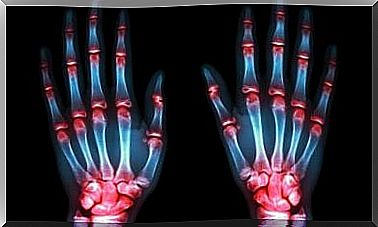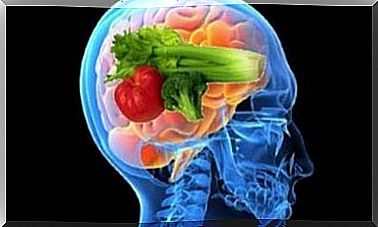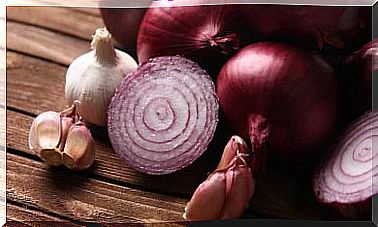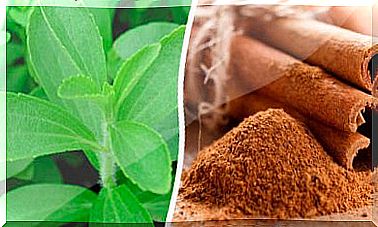What Nutrients Do Pulses Provide Us?
In this article, we tell you everything you need to know about legumes to complement your diet and get the most out of it.

Due to their very high protein composition, legumes are staple foods in a balanced diet. These vegetable seeds are as delicious on their own as they are in combination with other foods for our greatest benefit. But what essential nutrients do legumes provide us?
Legumes provide us with lysine. It is an amino acid which ensures good absorption of calcium and stimulates growth hormone.
In adults, it maintains nitrogen balance and promotes collagen formation, which slows down cell aging. It also strengthens the immune system by facilitating the production of antibodies.
Legumes are also a source of carbohydrates and oligosaccharides, which are of great health benefits. They generate energy and glucose necessary for the proper functioning of the nervous system. Their abundant fibers also create a feeling of fullness and improve intestinal transit.
Contributions of legumes to the body
With the exception of oilseeds, legumes are low in fat and high in unsaturated fatty acids. They reduce the accumulation of lipids in the abdominal region and lower the level of LDL, or bad cholesterol, in the blood. This reduces the risk of developing heart disease and diabetes.
The consumption of these seeds guarantees the absorption of a set of minerals, among others, calcium, iron, copper, potassium and zinc. They also provide folic acid, niacin, and vitamins B and E.
The minerals and vitamins in these seeds prevent birth defects during pregnancy and prevent anemia.
A strong copper intake stimulates the enzymatic activity of digestion and pigmentation of the skin. In addition, the phytochemicals contained in legumes have antioxidant and anti-carcinogenic properties.
They are ideal for vegetarian diets 
Lentils, beans, broad beans, chickpeas, peas are part of the large family of legumes. Although they contain a lot of nutrients, they have no biological value on their own. They should be accompanied by cereals or other foods to enhance their beneficial properties.
Amino acids such as methionine, cysteine, and tryptophan are found in legumes. They are vital for the body.
If the nutrients of these seeds are combined with those of cereals in the diet, their biological value will be as high as that of meat. The same is true when mixing vegetables and legumes in a dish.
Legumes go very well with all types of food and can be served at any time of the day. If we prepare them with chicken, fish or other meats, we will have balanced and healthy dishes.
For example, soy is one of the most complete legumes in terms of protein, fat and carbohydrates. Indeed, it provides the body with 8 of the 10 essential amino acids.
Accompanied by rice, wheat, milk or eggs, soy can make up for the remaining amino acids. However, its consumption in seeds is not very popular. Soy is used to extract a widely marketed oil.
What other nutrients do legumes contain?
The consumption of legumes prevents cardiovascular pathologies, improves the lipid profile and controls blood pressure. In addition, they regulate the level of platelets and the proportion of sugars in the bloodstream and prevent inflammatory processes. All thanks to its nutrients.
One of the most important nutrients is magnesium. This mineral is responsible for the formation of bone structures, such as bones and teeth. They also contain carbohydrates like starch and simple sugars like glucose, stachyose, sucrose and fructose.
How much should you consume per day? Experts suggest around 60 grams for healthy adults; after cooking, 200-250 grams are reached. They can be consumed 2 or 3 times a week. Ideally, you should eat the legumes hot in winter and cold in summer.
Method of preparation 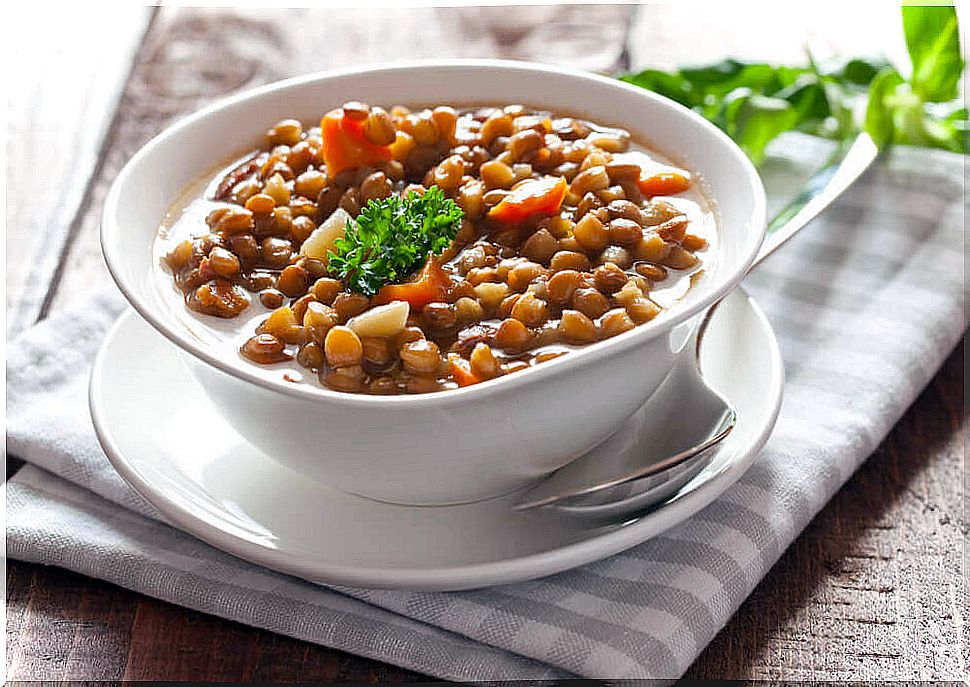
Now that we know in detail what nutrients legumes provide us, it is advisable to study how to prepare them. They can simply be cooked in water, preferably in a pressure cooker depending on their hardness. This will better preserve all their nutrients.
If you choose to cook pulses, they should be soaked for 8 to 12 hours before cooking. It is usually best to add salt at the end or in the middle of cooking.
Soaking and changing the water before cooking will prevent gas or an upset stomach. The more or less complete protein intake will depend on the preparation, as well as the foods with which they are associated.
